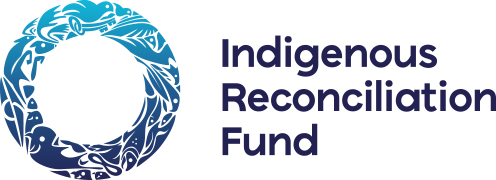Marking a Change
The call for visible and lasting symbols of reconciliation is being made in communities across Canada. While conversations about truth and reconciliation are taking place throughout the country and on national stages, the absence of visible public monuments speaks louder than words. This lack of visibility leaves little opportunity for everyday reflection and serves as a reminder of why it is important to turn conversations into action.








